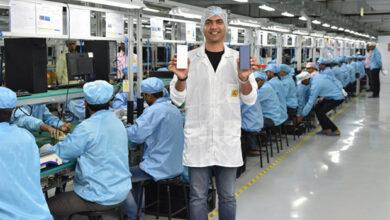Scientists have created the world’s smallest “heart”: the mini-organ is capable of saving thousands of hearts

An international group of researchers has developed a microscopic model of the human heart, which could be a breakthrough in the treatment of complex heart pathologies, especially in children. These are tiny laboratory structures only about one millimeter in size, which have been called cardioorganoids. They imitate not only the structure, but also the functioning of a real heart muscle.
The work on these organelles was carried out by scientists from the QIMR Berghofer Medical Research Institute, the Murdoch Children’s Research Institute and the Royal Children’s Hospital Melbourne. The results of their research published in the leading journal Nature Cardiovascular Research.
Cardiac organelles were created from pluripotent human stem cells — cells capable of transforming into any type of tissue. The problem with such models is usually their immaturity, due to which they cannot fully simulate the behavior of an adult heart muscle. This time, scientists used biochemical signals that mimic the effects of physical exertion. Thanks to this, the cells reached a higher degree of maturity, close to adult heart tissue both in terms of structure and functions.
As part of the experiments, these organelles were used to study a rare hereditary disease — desmoplakin cardiomyopathy. This ailment causes gradual scarring of the heart and deterioration of its pumping ability. The model proved to be effective: in laboratory conditions, the disease developed similar to its course in real patients. The organelles showed signs of damage – fibrosis and a decrease in contractile function.
At the next stage, researchers tested an innovative class of drugs — BET inhibitors. These molecules had a positive effect on the damaged tissue: its functions were partially restored, which proved the potential of cardiac organoids as a reliable platform for testing new therapies.
To make the study even more precise, the scientists used heart tissue samples provided by the Melbourne Children’s Biobank. This allowed them to compare the functioning of laboratory-grown organs with the clinical data of real patients.
One of the leading authors of the study, James Hudson, emphasized: the ability to test dozens of minihearts in parallel allows not only to significantly accelerate the development of new drugs, but also to increase the accuracy and reproducibility of the results.
Each organoid consists of tens of thousands of cells and is capable of simulating the reaction of a real heart to medications. Thanks to such compact, but functionally active models, science has received a tool that allows studying heart diseases on a fundamentally new level – faster, deeper and without risk for patients.
This discovery opens up new perspectives for personalized cardiology and gives hope for more effective treatment of severe heart pathologies in the coming years.





